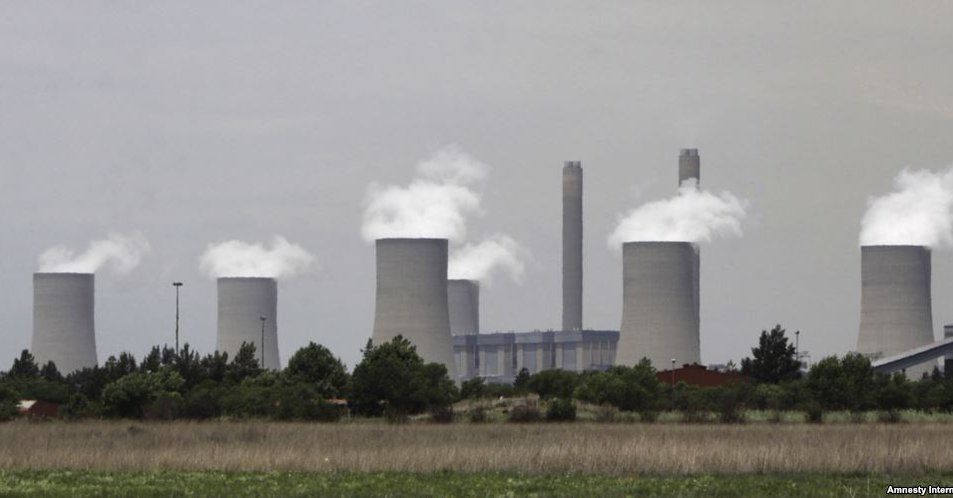Kenya plans to begin constructing its first nuclear power plant at a cost of Sh500 billion by 2021 as the country seeks to bring down the cost of electricity.
An unreliable and expensive power supply is cited by business as a deterrent to investment in East Africa’s biggest economy. The nuclear plant, due for completion in 2027, will add 1,000 megawatts, according to the nation’s Nuclear Electricity Board’s acting Chief Executive Officer Collins Gordon Juma.
The nation generates about 2,299 megawatts of electricity, mainly from geothermal wells and hydro-electricity dams, according to the Energy Regulatory Commission. It intends to increase capacity to 6,766 megawatts by 2020.
READ; Barclays Africa Group Holds Pioneer Forum On Emerging Issues
The government has finished a grid analysis and is now carrying out a feasibility study, Juma said in an interview. It will invite construction bids after settling on a suitable technology and on the site. The government is considering both public-private partnerships and government-to-government agreements as financing options, he said.
“When we talk of 1,000 megawatts, we are talking half of the capacity we have right now in the country,” Juma said the coastal city of Mombasa on Tuesday. “It is very expensive, so we are looking at several funding options. We are speaking to various governments.”
Funding Options
Kenya and South Korea signed agreements to collaborate on designing, constructing and operating nuclear reactors when the African nation’s energy secretary, Charles Keter, visited the Asian country in September. Kenya is seeking to build a 4,000-megawatt facility by 2033.
Related; South Korea, Kenya to cooperate on nuclear energy
Nuclear power would lower the cost per unit to about 4-6 U.S. cents per kilowatt-hour, Juma said. The country is trying to wean itself off diesel-generated electricity that costs about 38 cents per kilowatt-hour.
Kenyan power consumers pay an average of 18.7 U.S. cents per kilowatt-hour, compared with 9 cents in neighboring Tanzania and 3 cents in Ethiopia, African Development Bank data show.
Source; Blooomberg



